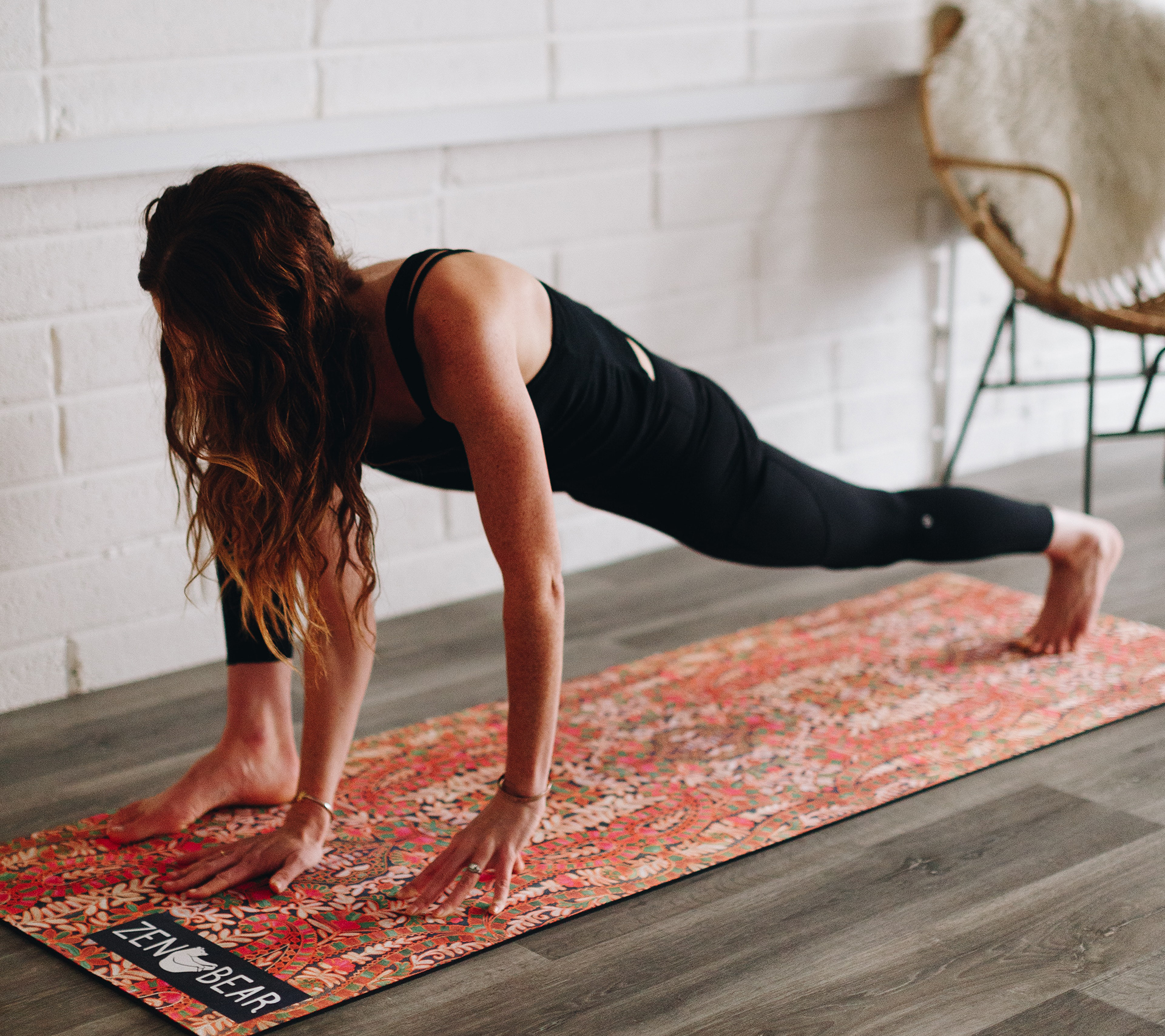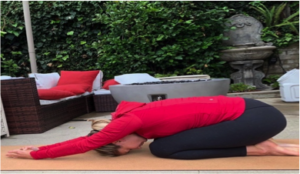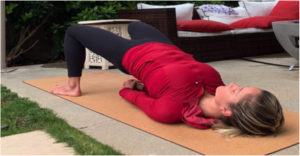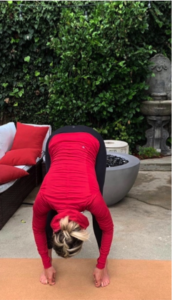Exercise • 12 Apr 2020
3 Yoga Inversion Postures for Mental Health & Mood Stabilization

3 Yoga Inversion Postures for Mental Health and Mood Stabilization
by Maggie Quinn, ND
Yoga inversion asanas (postures) have been used for centuries for mood stabilization and to support mental health. Inversion postures can be helpful in relieving headaches, improving sleep, reducing anxiety & depression and helping to regulate hormones by increasing blood flow to the pineal and pituitary glands.
When we think of inversions, we often imagine advanced postures like handstands, headstands, etc. But really – inversion simply means the head is below the heart. When the head is below the heart, we increase oxygen-rich blood flow to the brain. This helps to regulate neurotransmitters and nourish brain cells. Here are three inversion postures, which can be practiced for all yogis – beginner to advanced. Aim to hold these postures for 15 – 30 seconds 1-2 times daily. Remember to breathe!
Half Tortoise Pose – Ardha Kurmasana
- Start by kneeling with your heels and knees together, palms resting on your thighs.
- Raise your arms over the head, bring your palms together and cross your thumbs. Inhale and stretch upward.
- Exhale and stretch forward, bringing your forehead and pinkies to the floor. Hold
Bridge Pose – Setu Bandha Sarvangasana
- Start by lying on your back, bend both knees and put your feet flat on the floor hip width distance.
- Press the feet into the floor, inhale and lift the hips up, rolling the spine off the floor.
- Press down into the arms and shoulders to lift the chest up
- Option to interlock hands and roll shoulders back and under the body
Big Toe Pose – Padangusthasana
- Standwith your feet hip width distance and parallel
- Place your hands next to your feet or grab big toes
- Inhale and extend your chest to lengthen your spine. …
- Exhale and gently press both legs toward straight and pull on the toes
- If you are not able to grab your toes, bend your knees and hang arms relaxed. You will receive the same benefit from the inversion.